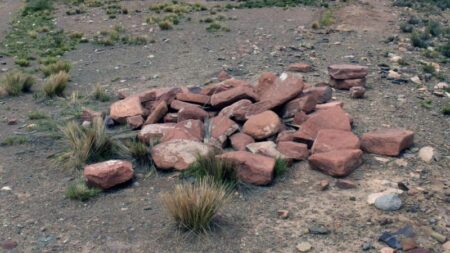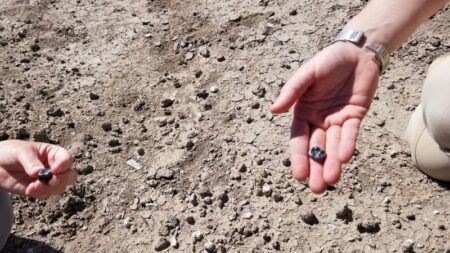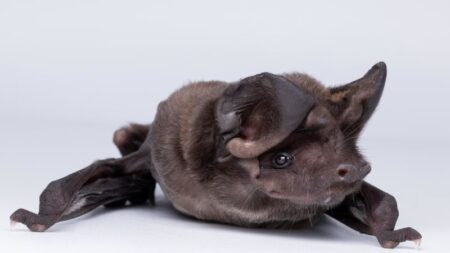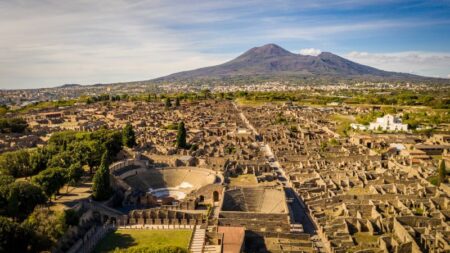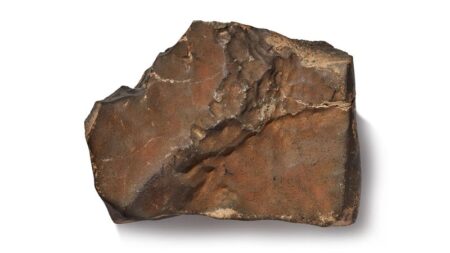NASA’s recent announcement regarding astronaut Butch Wilmore’s retirement has captured significant attention, marking the end of a notable career that included participation in high-profile missions. Less than five months after returning from an exceptionally prolonged mission aboard the International Space Station (ISS), Wilmore has decided to step away from his role at NASA. His time in space was extended due to complications encountered during the first crewed flight of Boeing’s Starliner spacecraft.
In partnership with fellow NASA astronaut Suni Williams, Wilmore piloted the Starliner mission, which was marred by several serious technical issues that arose during the flight. These included thruster failures and gas leaks that raised concerns about the spacecraft’s safety. Whereas their initial planned duration in orbit was roughly eight days, the mission extended significantly due to these complications. NASA and Boeing dedicated considerable time and resources to investigating the unexpected issues with the spacecraft and determining if it was indeed safe for Wilmore and Williams to return home.
Ultimately, it was decided that returning the astronauts aboard Starliner presented too high a risk. In a strategic response, NASA announced in August that both Williams and Wilmore would remain on the ISS for a longer duration than initially planned. They were reassigned to the Crew-9 mission by SpaceX, allowing them to continue their contributions to research and operations on the ISS before they eventually returned to Earth in March—their total time in space amounting to more than nine months.
Despite the prolonged duration of their mission—a situation that would typically be routine for astronauts who often serve extended rotations on the ISS—both Wilmore and Williams made efforts to counter the negative narratives presented by the media regarding their circumstances. They were frequently characterized as “stranded” or “abandoned,” but both astronauts emphasized that they were fully prepared for their extended stay. Wilmore, in an interview with CNN’s Anderson Cooper, expressed a desire to change the narrative from one of helplessness to one of preparedness and commitment.
The announcement of Wilmore’s retirement was met with praise from NASA officials, including Steve Koerner, the acting head of NASA’s Johnson Space Center in Houston. He commended Wilmore for his exemplary commitment to NASA’s missions and human space exploration. Koerner acknowledged that Wilmore’s legacy of tenacity would continue to inspire future explorers for years to come.
Wilmore’s retirement follows a precedent set by other astronauts, such as Bob Behnken and Doug Hurley, who also retired after their notable missions. A former Naval officer and test pilot, Wilmore joined NASA in 2000 and has completed three space missions throughout his career, including significant missions aboard the Space Shuttle Atlantis and a Russian Soyuz spacecraft.
Interestingly, upon his return to Earth, Wilmore expressed readiness to fly again on Boeing’s Starliner capsule, demonstrating his commitment to resolving the issues encountered during the mission. He confidently stated that he would eagerly participate in future missions if given the chance, highlighting his resilient outlook on the advancements of space travel and the technological challenges that come with it.
In conclusion, Wilmore’s departure from NASA represents both an end and a continuation of a remarkable journey. His steadfast commitment to human space exploration and the challenges faced during the Starliner mission contribute to a legacy that inspires new generations of astronauts and space enthusiasts, fostering the hope for continued advancements in area of science and beyond.







